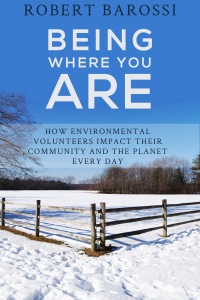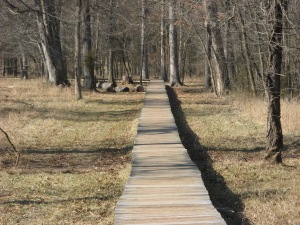 Photo by Robert Barossi
Photo by Robert Barossi
by Robert Barossi
Two great stories with a common theme this morning. Wherever they work, environmental volunteers are often working hard to protect, preserve, even rebuild the habitats where wildlife species live.
First, a story out of the Illinois Times focused on a fantastic organization doing some fantastic work. As the article title indicates, the group, which owns 300 acres of land and manages another 2,000, prides itself in being “Nature’s Friends.” The group states as their mission the saving of area habitats, protecting and preserving the environment while also keeping the areas available and open to hunters, anglers and foragers. Doing so is accomplished by a group of dedicated volunteers and the group’s inspiring leader, Vern LaGesse. Among other insights, he notes, “I spent my lifetime being part of these places and trying to understand their secret knowledge. I am learning so much every year. That’s what keeps me going.” Check out more about LaGesse and his group, Friends of Sangamon Valley, at their Facebook page.
Farther west, in Washington, volunteers are working hard to recreate a habitat for birds. Four years ago, bird boxes were removed from the Port Susan Nature Preserve, as part of a larger project by the Nature Conservancy. Now, the organization’s volunteers are replacing the bird boxes and hollow gourds, placing them high on wood pilings around the area. The estuary where the bird boxes are located is also getting some help from the volunteers by way of trash cleanup and invasive species removal. They are hopeful that all of this work will bring songbirds who used to occupy the estuary back to the region.
Download my eBook for many more great environmental volunteer stories – Being Where You Are: How Environmental Volunteers Impact Their Community and the Planet Every Day
iTunes
Amazon
Barnes and Noble
Kobo Books










